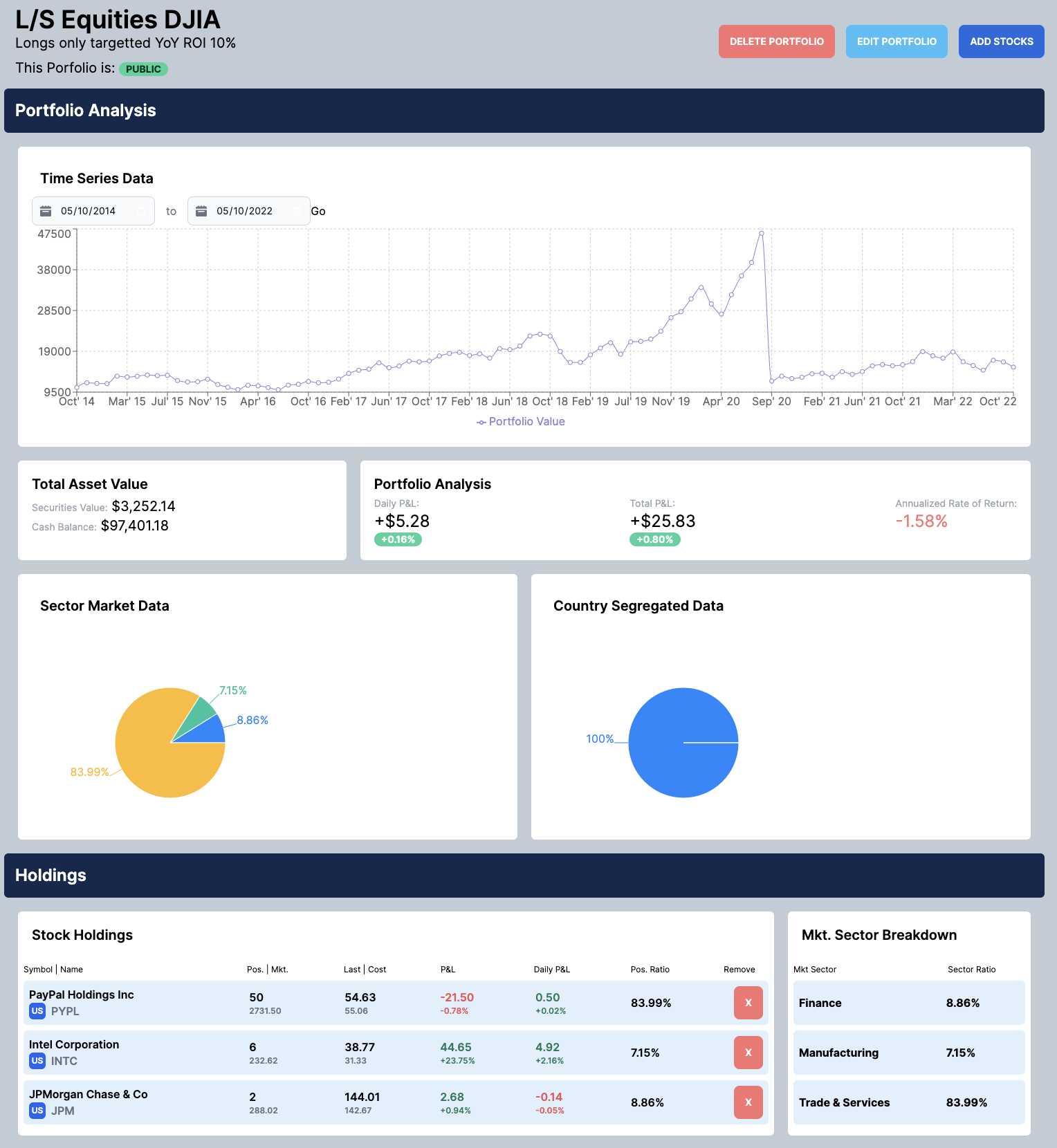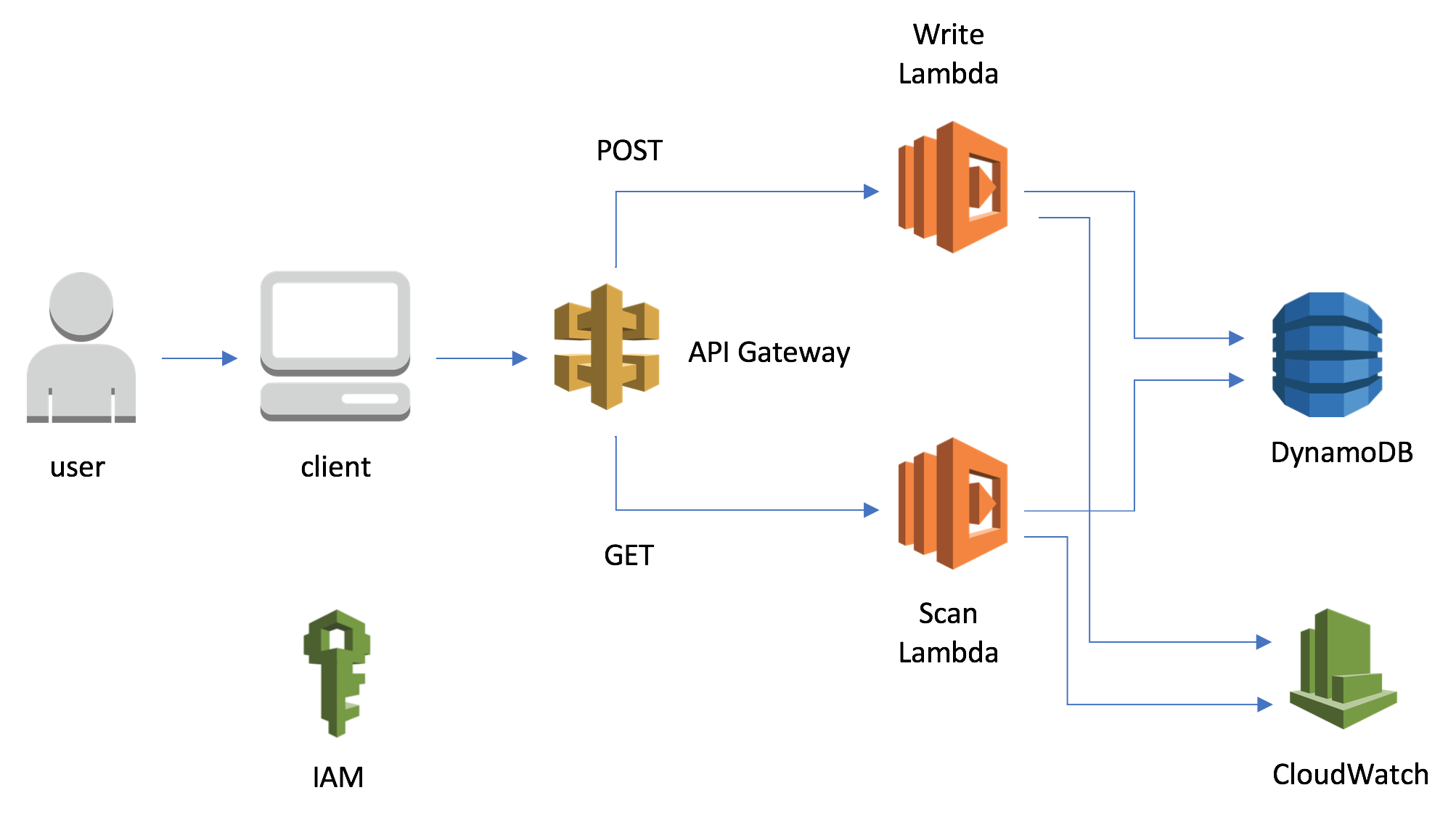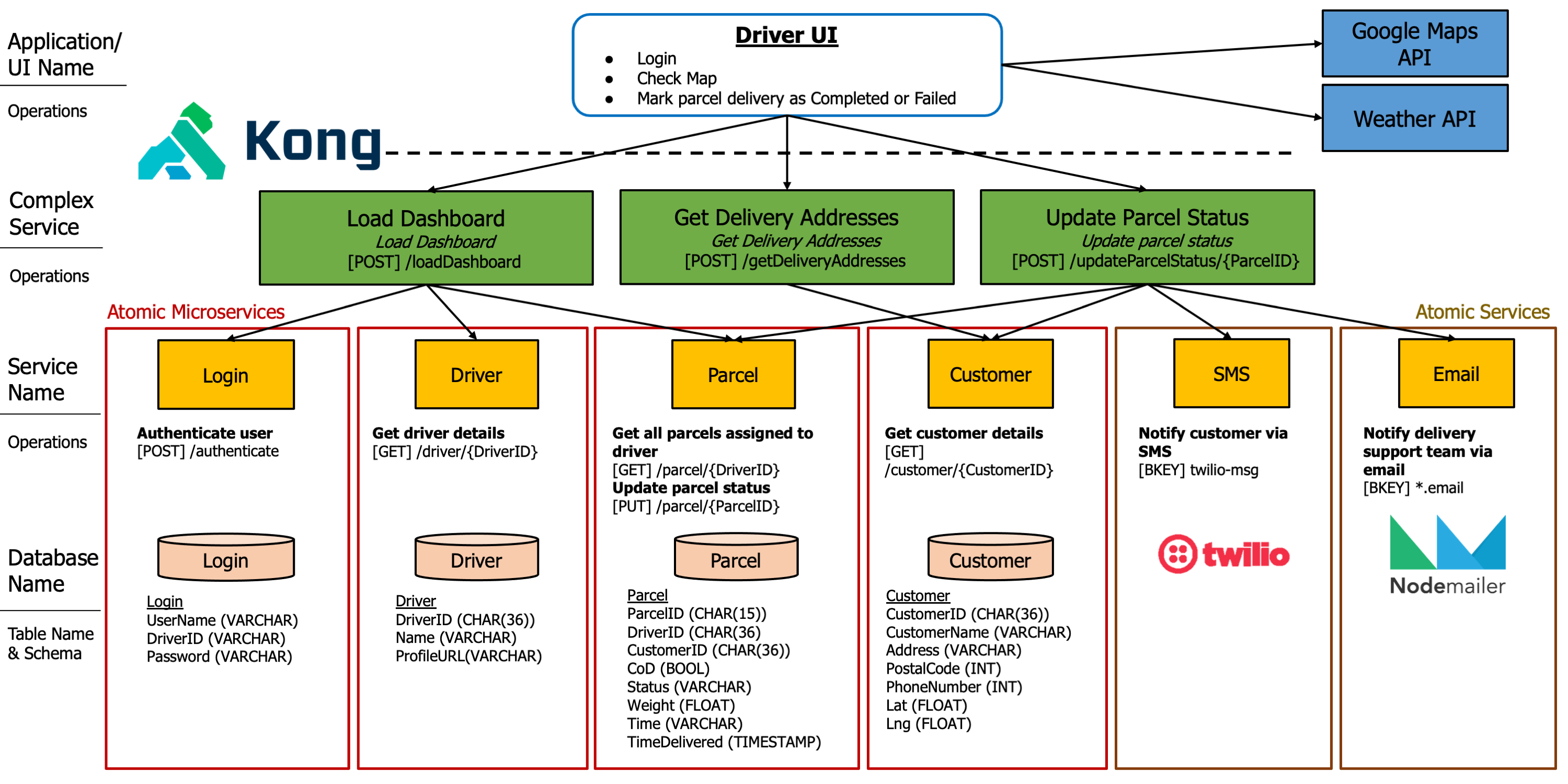Live-commerce has emerged. How should businesses progress from here?
Back in early 2021, I was considering applying for an in-semester internship. One particular startup, airvting, caught my eye. It got me thinking about what the future of E-commerce would be like, especially with the accelerated adoption of video and live streaming due to Covid-19.
Introducing live-commerce, which is basically “shopping through video”. It first came into mainstream media when Facebook and Amazon launched Facebook Live and Amazon Live. It doesn’t take a rocket scientist to observe that live-commerce is on the rise and would probably play a pivotal role in shaping the future of digital commerce - if it hasn’t already. With the rise of TikTok, Huya, Instagram Live, etc, it is clear that big corporations understand the immense benefits of incorporating video into their core business processes.
As we move towards a more immersive world, consumers are more demanding than ever. They expect quicker response times, higher quality goods, and faster delivery - sometimes anything that doesn’t fall under ‘next-day delivery’ can be considered slow. You don’t need me to show you how successful brands have been, ever since they moved from traditional brick-and-mortar shops to online shops, and now, live-commerce.
What else can be done to live commerce
The question to ask should then be: “How can businesses move forward after integrating live video?”. Before I lay out solutions for businesses, we need to keep in mind some key principles. Finding the right solution is always a game of trade-offs, and we can follow the Pareto Principle in making decisions. Essentially, we’re looking to drive the most growth with the least amount of input. Additionally, we want to find points of friction in the customer lifecycle, and make the purchasing process as frictionless as possible. Taking into account these 2 key metrics, I propose 3 new integrative solutions for businesses to increase traction and streamline their customer acquisition model after integrating live video into their business solutions.
- Live-video x Shoppable Media
- One-word-checkout model
- Eye-tracking detection analytics
Live-video x Shoppable Media
The most immediate, implementable solution is cross-integrating live-commerce and Shoppable Media. Shoppable Media can be videos, images, or interactive media forms which trigger transactions when a user clicks or interacts with the object. Gartner predicts both Live-Commerce and Shoppable Media to reach their plateau within the next 2-5 years. In the short run, these 2 have immense room for growth as they are still ‘Adolescent’, with a market penetration rate of about 5-20%.
Live-commerce provides the interactivity that traditional e-commerce sites fail to do so, while shoppable media is a merchandising technique aimed at empowering brands by presenting their key products at key moments of the Consumer journey, such as when consumers have the strongest desire to purchase the product. Shoppable Media boosts product upsell and decreases friction because consumers can buy the product on the spot, instead of having to navigate away. The concept of immediate purchasing has been slowly adopted by Shopee and Lazada with their ‘buy now’ button, and businesses should follow suit.
One-word-checkout model
The one-word-checkout model is a play on words taken from Amazon’s One-Click checkout patent. The core idea focuses on reducing friction as much as possible, allowing consumers to purchase and checkout seamlessly. This solution would allow consumers to instantly purchase the merchandise from the viewer, without having to navigate away from the Livestream. Let’s take Facebook Live for example. FB Live is filled with blog shop owners who Livestream and upsell through communicating with their customers via the stream and the comments section. The sellers ‘verbally’ answer questions from the comments (sellers also do reply in the comments as well), and customers post what they want to buy in the comments. Once a buyer has been ‘confirmed’, the host proceeds to send a purchase link via message.
For the one-word-checkout model, we use Artificial Intelligence (AI) to filter out buyers that show a keen interest in purchasing and give sellers the ability to display popups onto the customer’s screen, something similar to when a consumer clicks the “Buy Now” button on Shopee. Sellers can do so by reacting to the message sent by the user or the messages which have been flagged by the Machine Learning (ML) Model. We also allow buyers to activate the popup on their own by typing the word ‘Buy’ - followed by the specific parameters of the merchandise. E.g Color, model, size, etc.
This one-word-checkout model serves 2 main purposes. First, it drastically reduces confirmed customer attrition, where confirmed customers are customers who would have bought the product but failed to do so because of unclear communication via Direct Messaging (DMs) with the sellers, or because of adblockers or other forms of pop-up disablers which prevents a smooth transaction process via DMs. Second, it increases customer uptake because it allows businesses to identify key moments (by using AI) in which customers will purchase the merchandise, and push a popup with some sort of incentive like a limited-time discount. Because everything is done through the app itself, it not only reduces friction but also provides safety to the customers because customers are more trustworthy towards large companies, rather than unknown blog shops (to them) or small stores.
Eye-tracking detection analytics
This is a longshot solution, but businesses should still keep a lookout for this, especially in the upcoming years as Augmented Reality (AR) and Virtual Reality (VR) become more commonplace and consumers are more comfortable in using and allowing access to their web cameras. Eye-tracking services have machines track the gazes and pupil dilation of live stream users etc. We use AI to output analytics which shows how ‘engaged’ a user is based on how fast the eye shifts, and subsequently how engrossed the user is in watching the stream. This is an upgrade from mouse-tracking analytics because it induces an added degree of certainty, where we are extra sure that the user is indeed engrossed and participating in the Livestream.
To extend this even more, we should begin to look at lifetime facial tracking analytics because it gives room to fully reveal the subconscious of the consumer, in ways that traditional sentiment analysis or mouse-tracking analytics would never be able to accomplish.
Final words
Live commerce is here to stay and the data shows that companies that don’t fully embrace video will likely become industry laggards. We see the stagnation of Instagram, as Instagram is becoming somewhat like Facebook - stale to the average consumer. We observe the rise in video-on-demand and also free-video providers such as artlist.io. It is evident that video is bringing about widespread improvements to businesses, and businesses must learn to utilize it or risk losing out on a trillion-dollar market.



